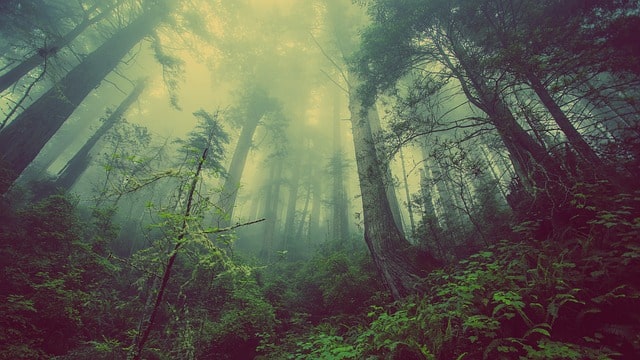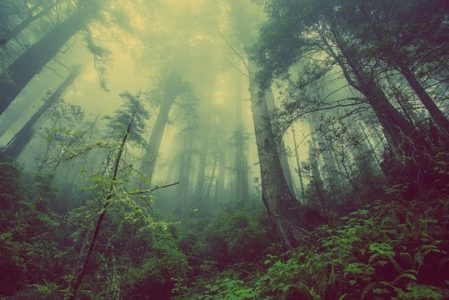 Planting trees offers a simple, highly-effective, sustainable means of combating climate change. Trees absorb large amounts of atmospheric carbon dioxide, which has been identified as the leading culprit behind climate change. And according to Tim Crowther, leading climate change ecologist at Switzerland’s ETH Zurich, the earth has room for at least 1.2 trillion more of them.
Planting trees offers a simple, highly-effective, sustainable means of combating climate change. Trees absorb large amounts of atmospheric carbon dioxide, which has been identified as the leading culprit behind climate change. And according to Tim Crowther, leading climate change ecologist at Switzerland’s ETH Zurich, the earth has room for at least 1.2 trillion more of them.
Could Sustainable Tree Farming Help the Environment?
How could your little sapling induce change, help individuals, governments, and businesses combat the impact of climate change? Data shows planting trees and allowing them to grow could deliver far superior results than even the next best climate change solution (managing HFC gas emissions from refrigerators and air conditioners). Researchers estimate a worldwide planting program, that takes advantage of areas where trees can be added, could remove two-thirds of all carbon emissions created by human activity. Though this could take 50-100 years to achieve the full effect of absorption of 200 billion tons of carbon.
Where Do Researchers Suggest Squeezing in More Trees?
Cropland and urban areas are excluded from researcher recommendations. 1.7 billion hectares of treeless land that could support the growth of 1.2 trillion native tree saplings were identified, including grazing land where a few trees could benefit animals. Top sites for new plantings include grazing land in the U.K., Ireland, and central Europe, and in southeast America’s temperate forest region. However, tropical regions where canopy cover is 100% offer the greatest potential, such as those in Australia and Brazil. Many projects, such as ‘Plant for the Planet,’ the ‘Great Green Wall,’ and more are already underway. Potential is literally everywhere, and financial incentives could sweeten the pot.
What Trees Boast the Most Carbon-Absorption Prowess?
Should you break out your ProLine shovel to plant certain trees? The best tree species for carbon dioxide absorption have large trunks and dense wood, such as:
- Scarlett, red, and Virginia oaks
- Yellow poplar (tulip tree)
- Coniferous trees and those in the pine family such as:
- White pines
- Ponderosa
- Hispaniola pines
- Douglas firs
- Blue spruce
- Bald cypress trees
- Deciduous trees such as:
- Silver maple
- Black walnut
- Horse-chestnut
- London plane
- American sweetgum
Safeguard your trees and speed the planting process, while aiding the fight against climate change. Learn more about ProLine transplanting and tree moving equipment today.

